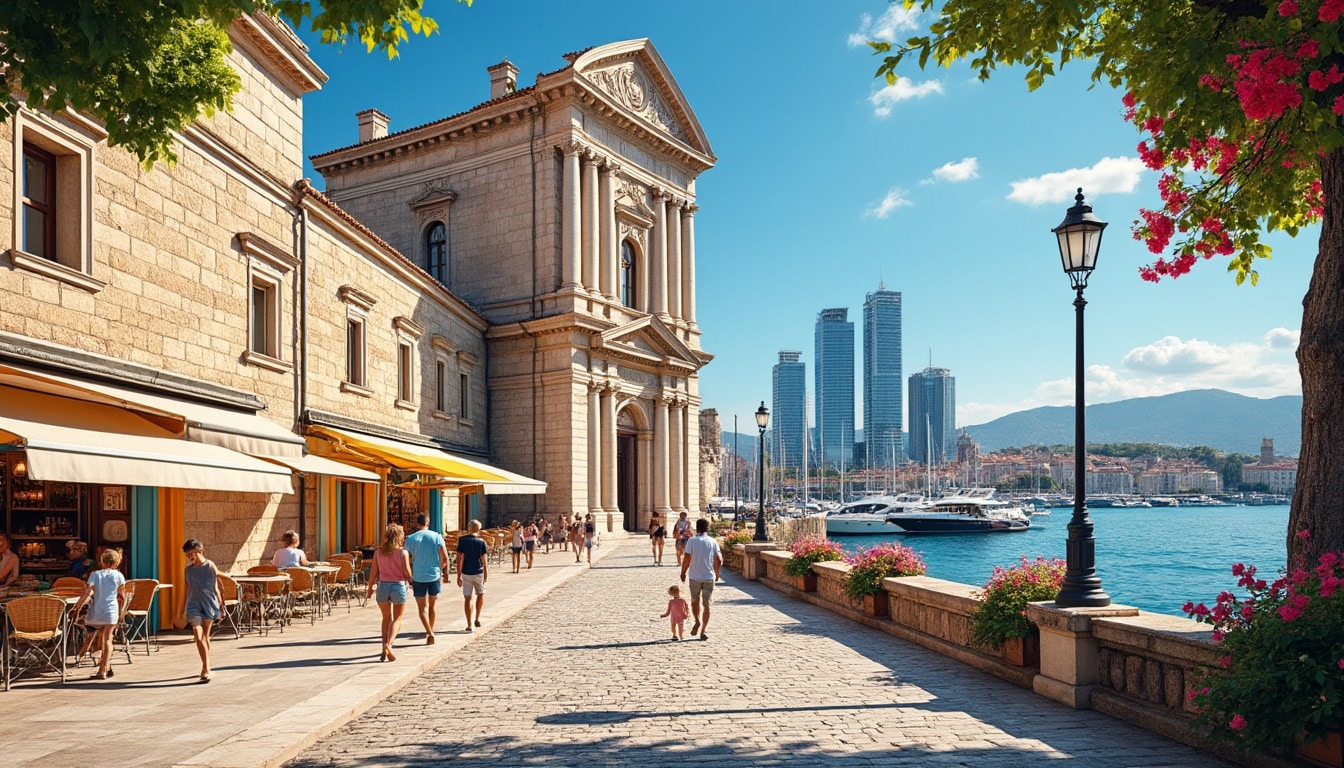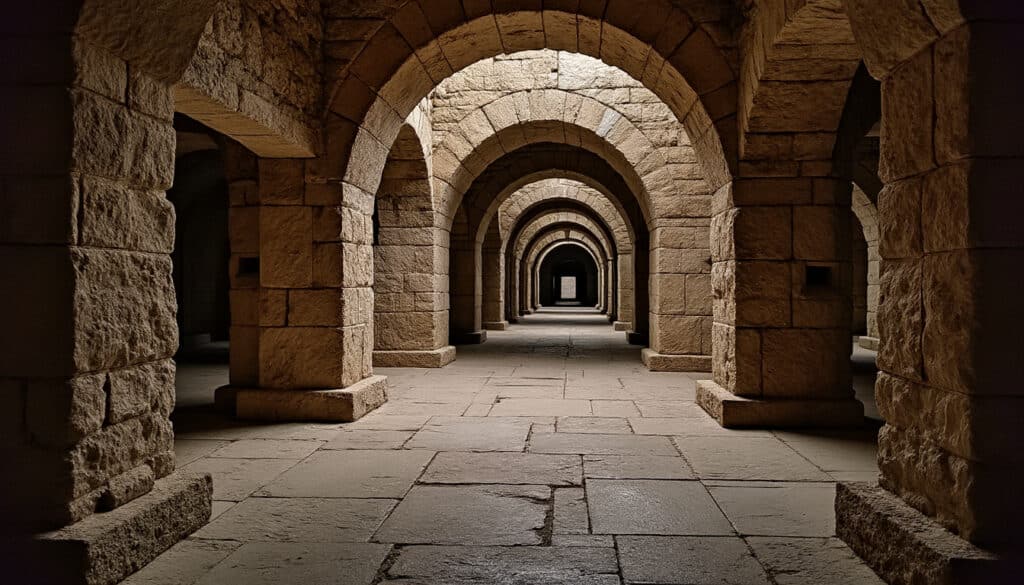The city of Split is renowned for its architectural diversity, which seamlessly combines elements from the Roman era to the modern day. This fusion is not just a testament to the city’s rich history but also to its ability to adapt and incorporate new influences over the centuries. Nestled by the Adriatic Sea, Split is a city where ancient structures such as the iconic Diocletian’s Palace coexist with vibrant modern urban landscapes. This article delves into the architectural and urban features that define Split, examining its storied past, significant influences during the Venetian era, and its contemporary growth.
Diocletian’s Palace: The Heart of Split
In the heart of Split lies Diocletian’s Palace, a colossal structure originally built for the Roman Emperor Diocletian in the 4th century. This architectural marvel covers over 400,000 square feet (37,000 square meters) and is a focal point in understanding Split’s historical significance. The palace was designed as a fortified imperial residence, showcasing heavy stone walls with 16 defensive towers. This grandiose construction reflects the architectural prowess of the Roman Empire, blending functionality with opulence.
One compelling aspect of the palace is its integration into Split’s modern street plan. Streets within the palace grounds still align with the original Roman layout, offering a unique historical continuity. Walking through these narrow lanes, visitors are often mesmerized by the sight of Roman arches and granite columns shipped from Egypt centuries ago. The peristyle, an open courtyard within the palace, has transformed over the years into a lively gathering place, demonstrating the adaptive reuse of space that characterizes much of Split’s urban development.
For architecture enthusiasts, the palace is more than just stone and mortar. It is a living museum where one can trace the transformation of a Roman fortress into a bustling modern cityscape. Notable features within the palace include the Temple of Jupiter and Diocletian’s Mausoleum, which now serves as the Cathedral of Saint Domnius. These structures are exemplary of Roman architecture, showcasing intricate carvings and the use of fine white marble.
- 🏛️ Diocletian’s Palace: 400,000 sq. ft.
- 🏺 Temple of Jupiter: Original Roman temple
- ⛪ Diocletian’s Mausoleum: Now Saint Domnius Cathedral
The UNESCO-listed Diocletian’s Palace remains one of the best-preserved examples of Roman architecture in the world, offering invaluable insights into imperial Roman life. Its continuous occupation throughout the centuries, even after the fall of the Roman Empire, underscores its enduring significance.
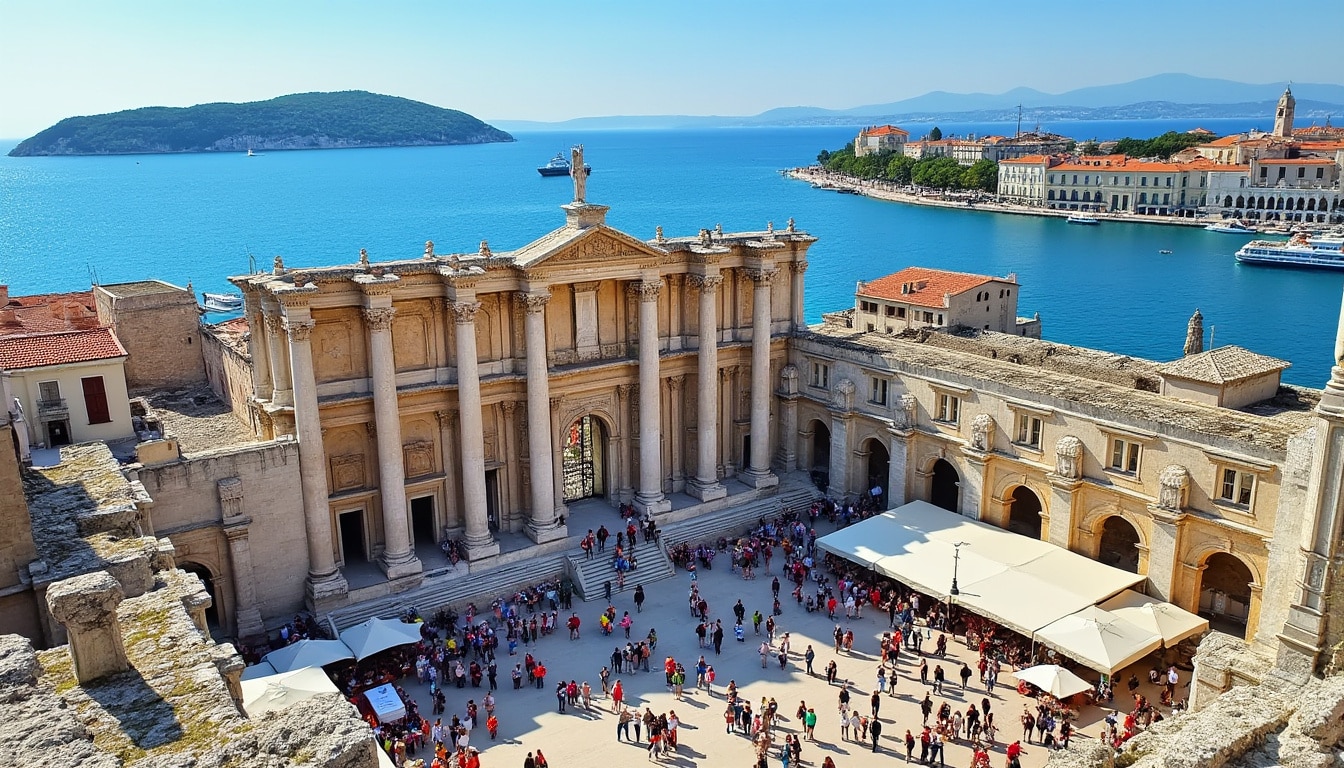
The Palace’s Evolution and Roman Influence
The architectural legacy of Diocletian’s Palace extends beyond its initial purpose. Following Emperor Diocletian’s abdication and subsequent death, the site became a refuge for local populations fleeing invasions. Over time, the structure evolved into more than just a palace, becoming a fortified city with elements of a medieval town. The influence of Roman architecture is evident in the fortified design, characterized by robust walls and precise alignment with the celestial cycles.
The enduring influence of Roman architecture is not limited to Split but has been observed globally. Firms such as Zaha Hadid Architects and SOM (Skidmore, Owings & Merrill) have drawn inspiration from Roman techniques, evident in their use of symmetry and structural innovation. These modern-day architects echo the efficiency and grandeur of Roman design in their projects worldwide.
The Venetian Era: Architectural Flourish
Long after the Romans, the Venetian period marked a new chapter in Split’s architectural history. Between 1420 and 1797, Split was under Venetian rule, which brought about significant architectural growth. The Venetians enhanced the city’s fortifications, transforming Split into a pivotal maritime hub. Stone buildings began to rise beyond the confines of Diocletian’s Palace, creating new urban landscapes that are still visible today.
One of the most significant contributions of Venetian rule is visible in the architecture of the Pjaca, or People’s Square. Built in 1443, the Venetian town hall exemplifies the distinct Gothic style with pointed arches and a symmetrical façade. This hall serves as a reminder of the Venetian presence and their architectural legacy. The Venetian influence also extends to the town clock on Pjaca, known for its unique 24-hour design, a rarity that captures the period’s technological advancements.
- 🏰 Venetian Town Hall: Gothic Style, 1443
- ⏰ Pjaca Clock: Unique 24-hour design
- 🇮🇹 Venetian Walls: Expanded city fortifications
The Venetian architectural style is further embodied in other prominent buildings such as the bell tower of St. Arnir Chapel and the Cambi Palace. These structures, adorned with Venetian motifs, reinforce the city’s standing as a cultural amalgamation. Such contributions continue to influence modern architecture, with firms like Herzog & de Meuron and Foster + Partners drawing inspiration from historical precedents to design innovative, sustainable structures that bridge past and present designs.
A City of Continuous Evolution
The architectural evolution of Split didn’t halt with the Venetian era. Instead, it laid a foundation for further development. The Napoleonic and Hapsburg periods continued to mold the cityscape, resulting in structures like the Riva – a vibrant promenade along the Adriatic Sea. This area, often referred to as the city’s ‘living room,’ represents a shift towards creating urban spaces that prioritize public gathering and interaction.
Such transformations highlight a consistent theme in Split’s development: resilience and adaptability. Like the work of Morphosis Architects and BIG (Bjarke Ingels Group), Split’s urban planning demonstrates how historical narratives can enrich modern city environments, providing a dynamic interface between tradition and contemporary needs.
Modern Urban Developments: Split’s Renaissance
As Croatia gained independence in the 1990s, Split emerged as a burgeoning urban center, blending its historic charm with modern practicality. The city experienced a construction boom, particularly in its suburbs, diversifying the architectural palette with contemporary styles that continue to attract global admirers. The growth of neighborhoods like Veli Varoš and Lučac are quintessential examples, beautifully juxtaposing modern living with historic aesthetics.
One cannot discuss modern Split without mentioning its vibrant coastal features. Locations such as the Riva Waterfront continue to thrive as cultural hotspots, enveloped by cafes and cultural centers that reflect the city’s dynamic atmosphere. This area exemplifies modern urban planning, akin to the philosophies of Gensler and Kengo Kuma & Associates, where integration with the natural environment and community-focused spaces take precedence.
- 🏖️ Riva Waterfront: Cultural hotspot & promenade
- 🏠 Veli Varoš & Lučac: Blend of modern and historic
- 🌿 Bačvice Beach: Popular sandy beach & leisure area
In the face of urban challenges, Split has embraced sustainable practices and innovative architectural designs. Its adaptation strategies parallel those used by the Norman Foster Foundation, focusing on sustainable growth, enhancing public spaces, and preserving historical integrity – key elements that ensure the city remains vibrant and livable for future generations.
Adapting to New Urban Landscapes
In its stride towards modernization, Split has maintained a sensitive approach to its historical roots. The recent introduction of contemporary structures must respect the traditional aesthetic while innovating within its urban framework. This balance is evident in the evolving skyline, where new constructions echo past architectures, similar to the principles practiced by Rossetti.
The ongoing evolution of Split’s urban landscape is a testament to its resilience and creativity. By drawing from its rich historical tapestry, Split not only preserves its legacy but continuously reinvents itself as a city that encourages cultural exchange and architectural innovation. This trend invites continued exploration by scholars and tourists alike, ensuring that Split remains a dynamic and inspiring destination.
This narrative of architectural continuity and change generates a unique urban tapestry that mirrors the transformation of cities globally. As Split continues to grow, its architectural diversity offers valuable lessons in historical preservation, innovative design, and the importance of urban planning in the modern world.
| Historical Period | Key Architectural Features 🌟 |
|---|---|
| Roman Era | Diocletian’s Palace, Romanesque architecture |
| Venetian Era | Gothic Town Hall, Venetian Walls |
| Modern Era | Riva Waterfront, Bačvice Beach |
Frequently Asked Questions
What is Split’s most iconic architectural landmark? 🏛️
Diocletian’s Palace is Split’s most famous architectural landmark, symbolizing the city’s Roman heritage and continual development over centuries.
How did the Venetian period influence Split’s architecture? 🏰
The Venetians introduced Gothic styles, fortified the city, and expanded beyond the original palace, leaving a lasting impact on Split’s architectural identity.
What are modern highlights of Split? 🌿
Modern Split is celebrated for its lively coastal areas, such as the Riva Waterfront and Bačvice Beach, which combine historic elements with contemporary urban design.
How does Split maintain its historical and modern architectural balance?
Through thoughtful urban planning and preservation initiatives, Split ensures new developments respect historical aesthetics while incorporating modern needs.
When is the best time to explore Split’s architecture? ⛅
The city is welcoming year-round, offering mild weather and cultural events, with detailed information available at Split Holidays.

Fun Facts & Curiosities About Split
Split, Croatia, is a vibrant coastal city offering an enchanting blend of history, culture, and natural beauty. With its ancient roots, Split captivates visitors with its Roman-era Diocletian’s Palace, stunning Adriatic views, and rich cultural tapestry. This bustling city aligns…
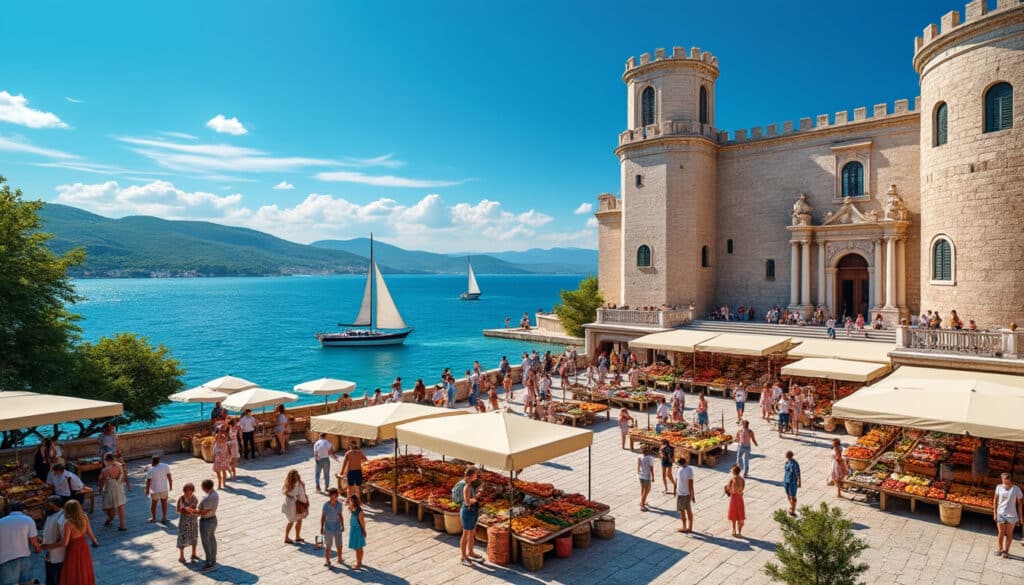
Nestled on the eastern coast of the Adriatic Sea lies Split, Croatia’s bustling heart of culture and history. Split is renowned not only for its stunning landscapes but also for being a city that perfectly balances ancient history and vibrant…
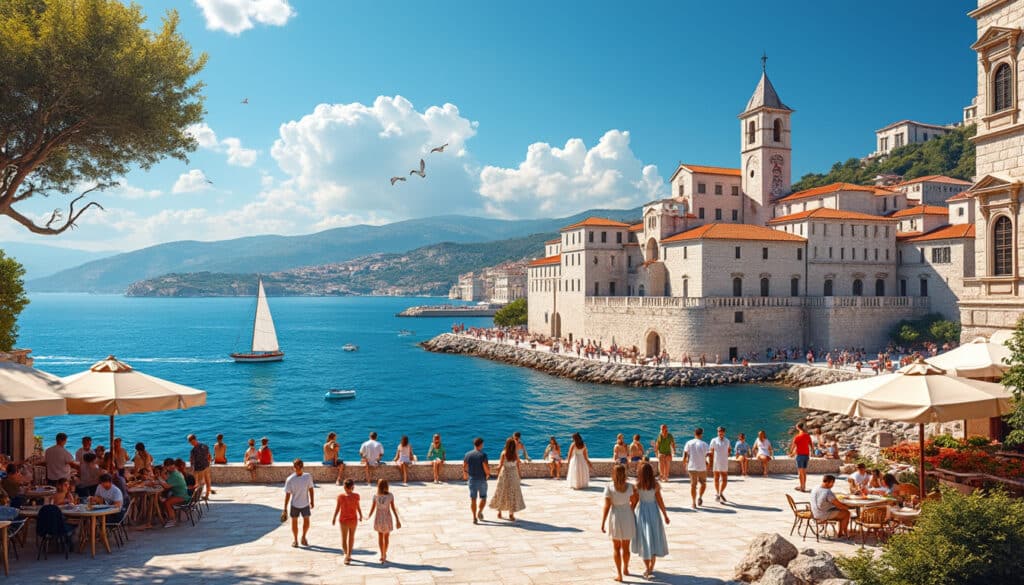
Demographics and geography of Split
Split, the vibrant city located on Croatia’s stunning Adriatic coastline, offers a unique blend of rich history, diverse demographics, and fascinating geography. As one of the key urban centers in Dalmatia, Split serves not only as a cultural and economic…
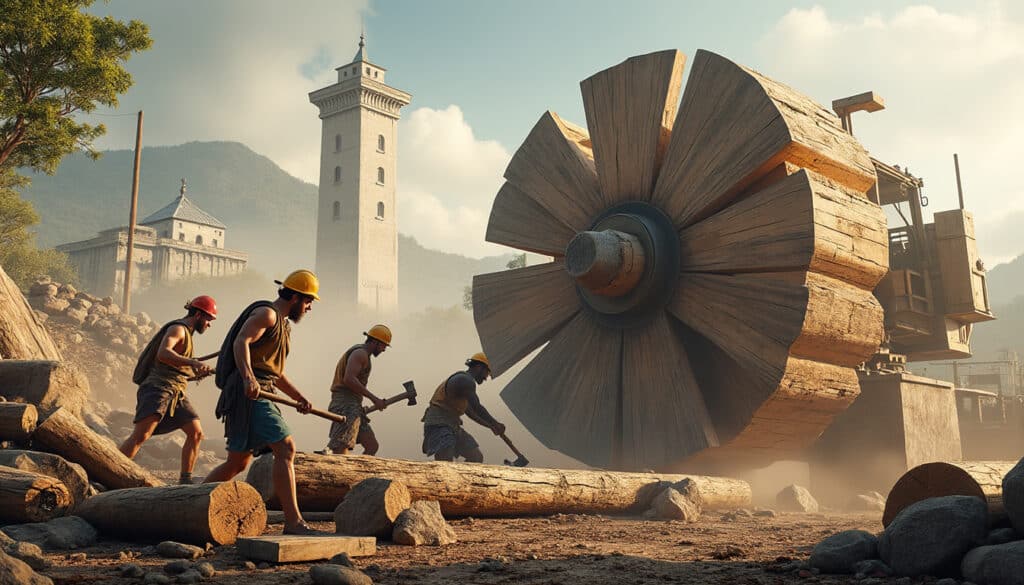
Split, the enchanting Croatian city on the Adriatic coast, has a rich and riveting history that dates back centuries. From its early days as the Greek colony of Aspálathos to becoming a significant Roman settlement, and through the Byzantine, Venetian,…
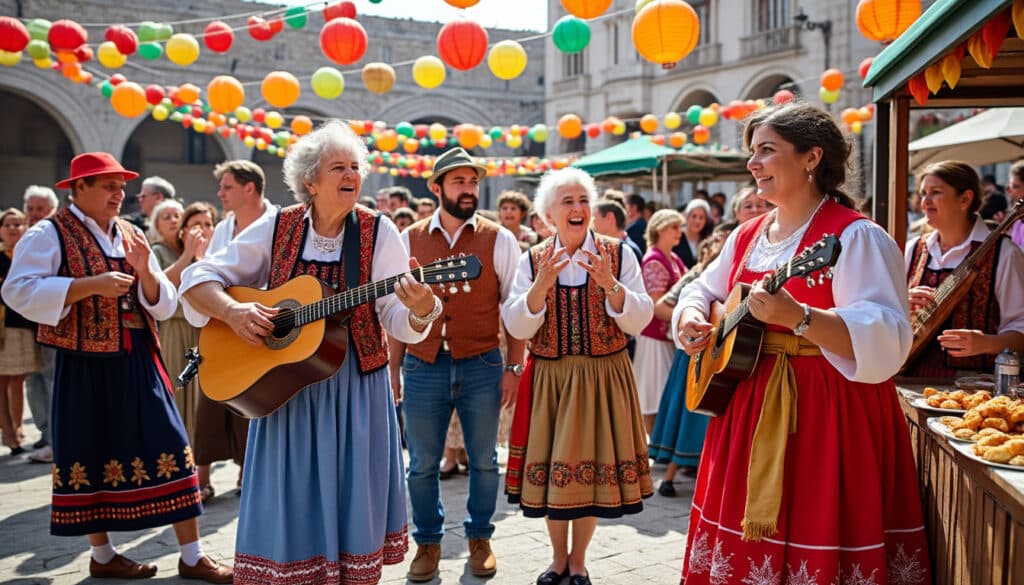
Holidays and celebrations in Split
Split, a vibrant coastal city in Croatia, is renowned for its rich tapestry of cultural celebrations and festive events. Visitors are drawn to the unique blend of historical significance and modern vibrancy that the city’s festivities offer. From elegant theatre…

Language and spelling of Split
Amidst the stunning coastline of Croatia lies the city of Split, a place rich in history and culture. Split’s linguistic tapestry is vibrant, reflecting influences from past empires and modern-day tourism. This article delves into the complexities and beauty of…
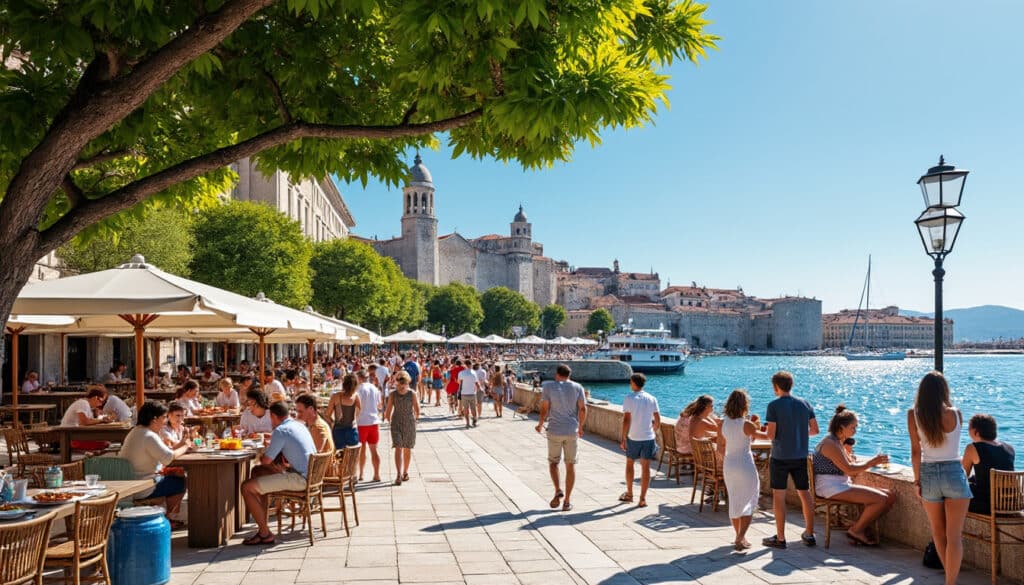
Local tips for tourists in Split
As the sun kisses the Adriatic coast, Split emerges as a vibrant jewel of culture and history. Nestled along the Dalmatian Coast, this enchanting city offers a tapestry of ancient ruins, azure waters, and culinary delights. Embracing both its Roman…

Names, flags, and identity of Split
Welcome to a deep dive into the fascinating world of Split, a city in Croatia beautifully defined by the intertwining of its rich history and evolving identity. In this exploration, we will uncover the stories behind the names, the vibrant…

Reputation and identity of Split
Split, a coastal gem in Croatia, is renowned for its ancient charm and vibrant modern life. This city, a blend of rich history and contemporary culture, draws visitors for its stunning natural beauty and the diverse experiences it offers. Known…
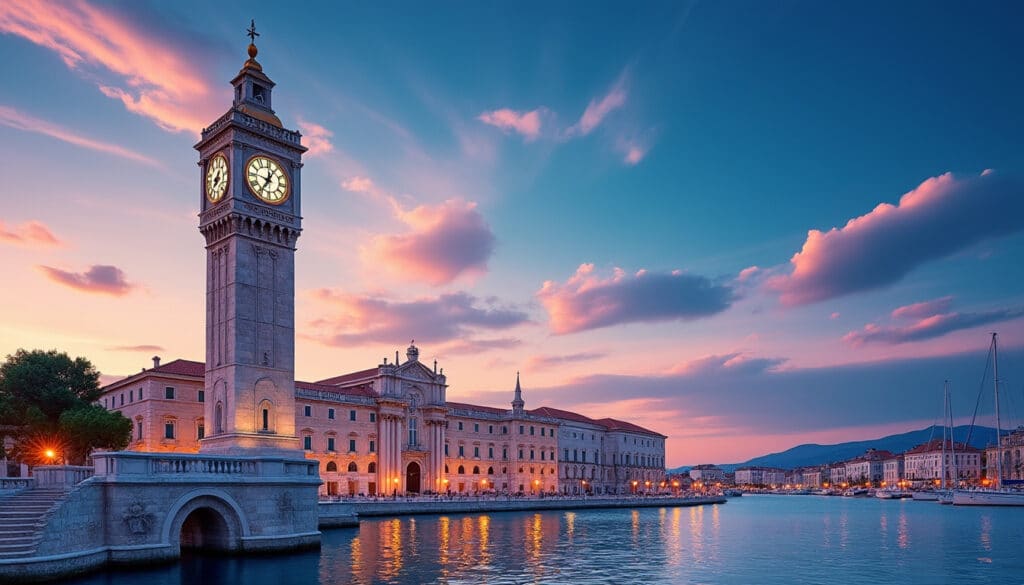
Split, Croatia, a picturesque coastal city known for its stunning views of the Adriatic Sea and timeless Roman architecture, is also a fascinating point of interest when it comes to time zones. Often caught between the vibrant tempos of tourist…
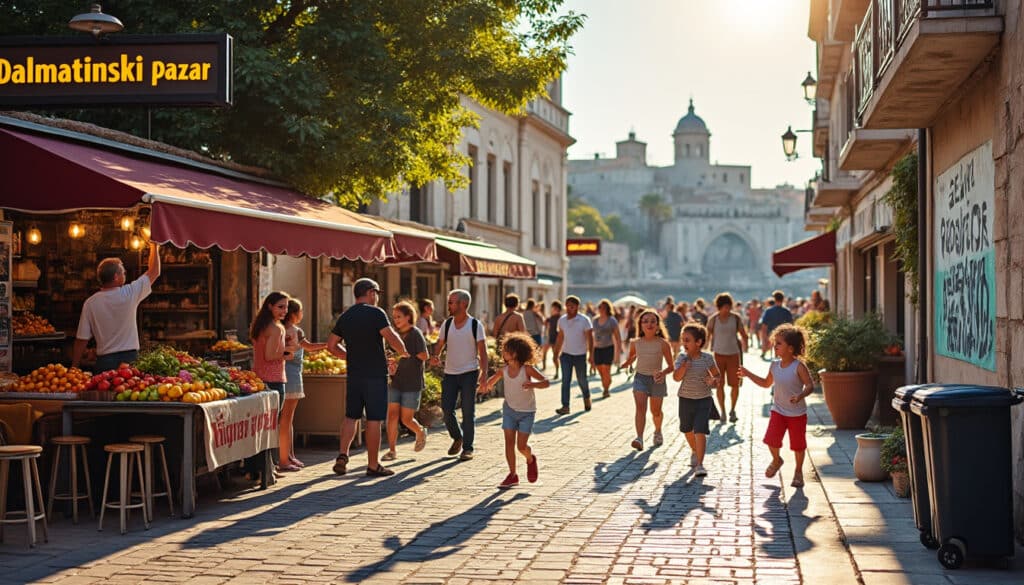
Unusual facts and social issues in Split
Located on the stunning Dalmatian Coast, Split, Croatia is a place that mesmerizes with its rich historical tapestry and thriving cultural scene. This unique city has evolved over the centuries while preserving its fascinating essence. Discover a plethora of unusual…

What does Split look, smell, feel like?
Rich in history and brimming with scenic beauty, the coastal city of Split in Croatia invites travelers to explore its multifaceted charm. From its breathtaking landscapes to its vibrant cultural tapestry, Split offers a sensory experience that captivates the soul.…

